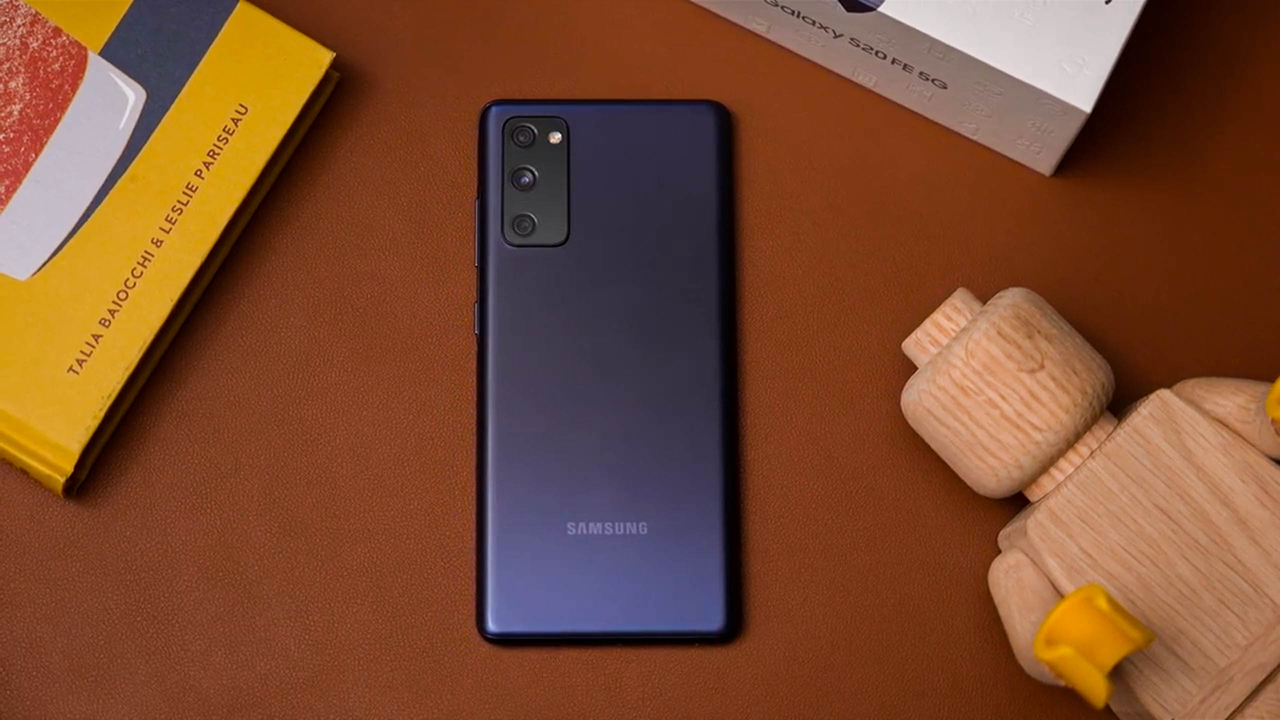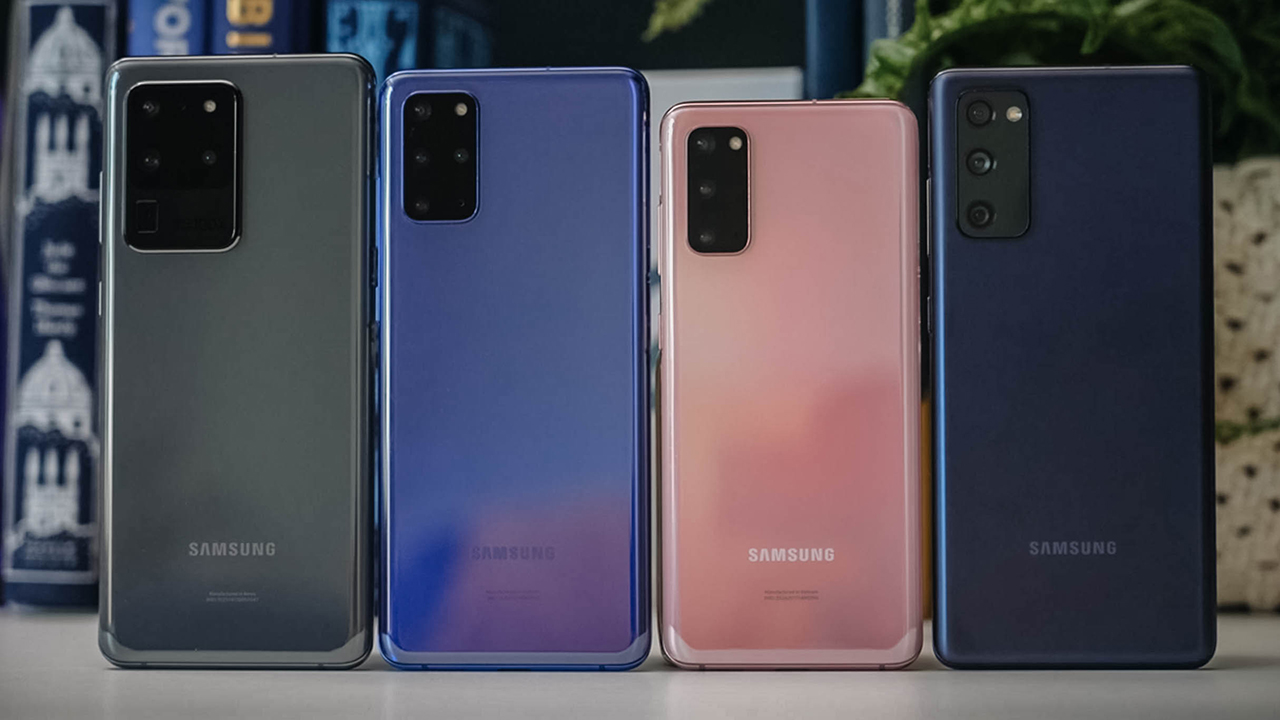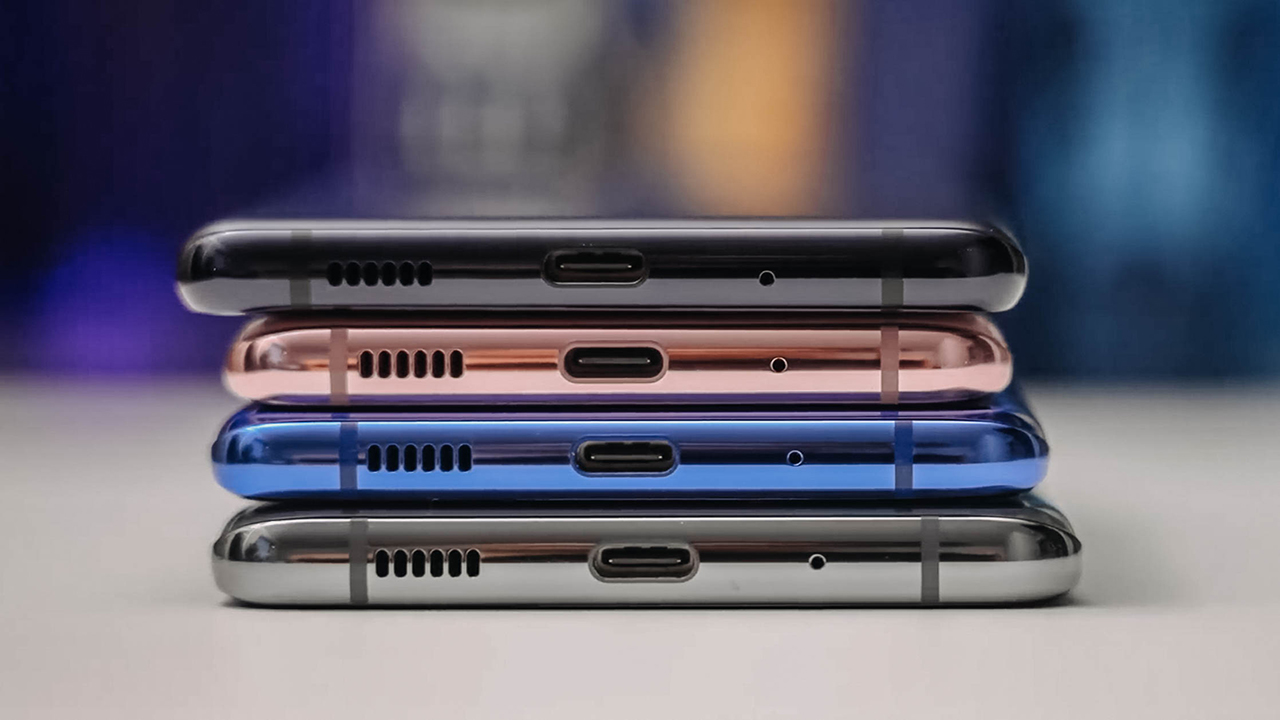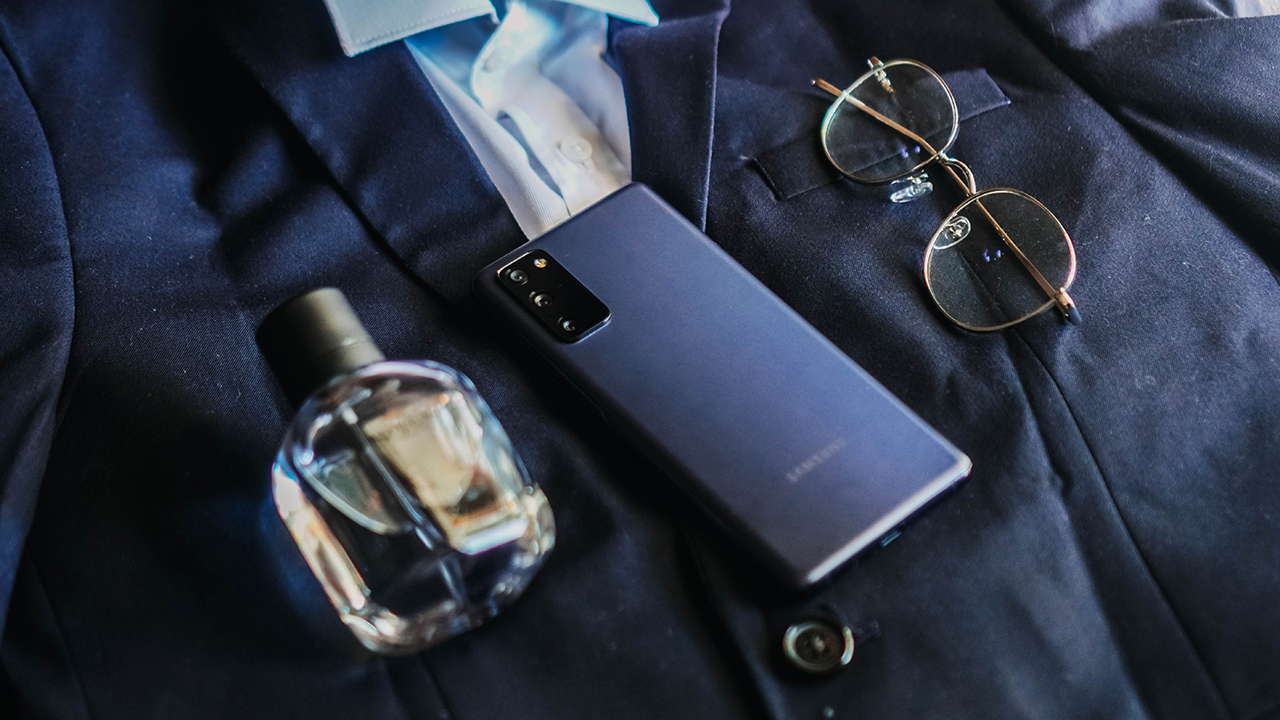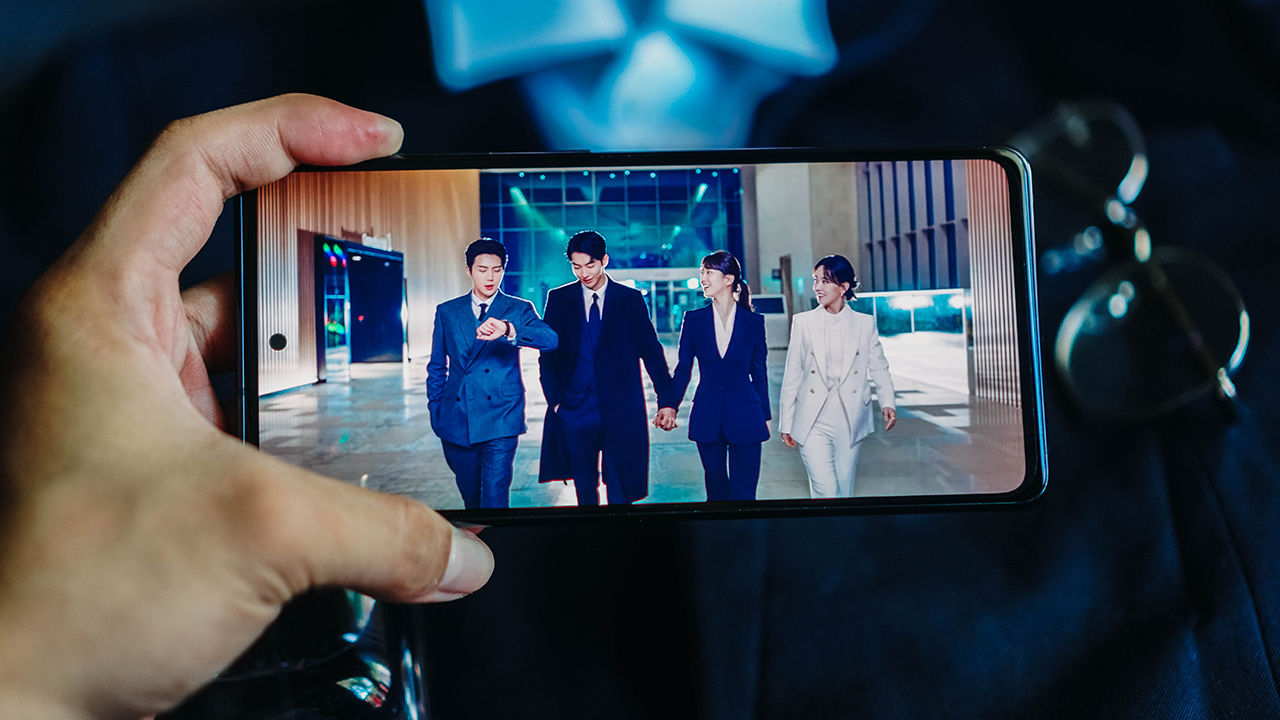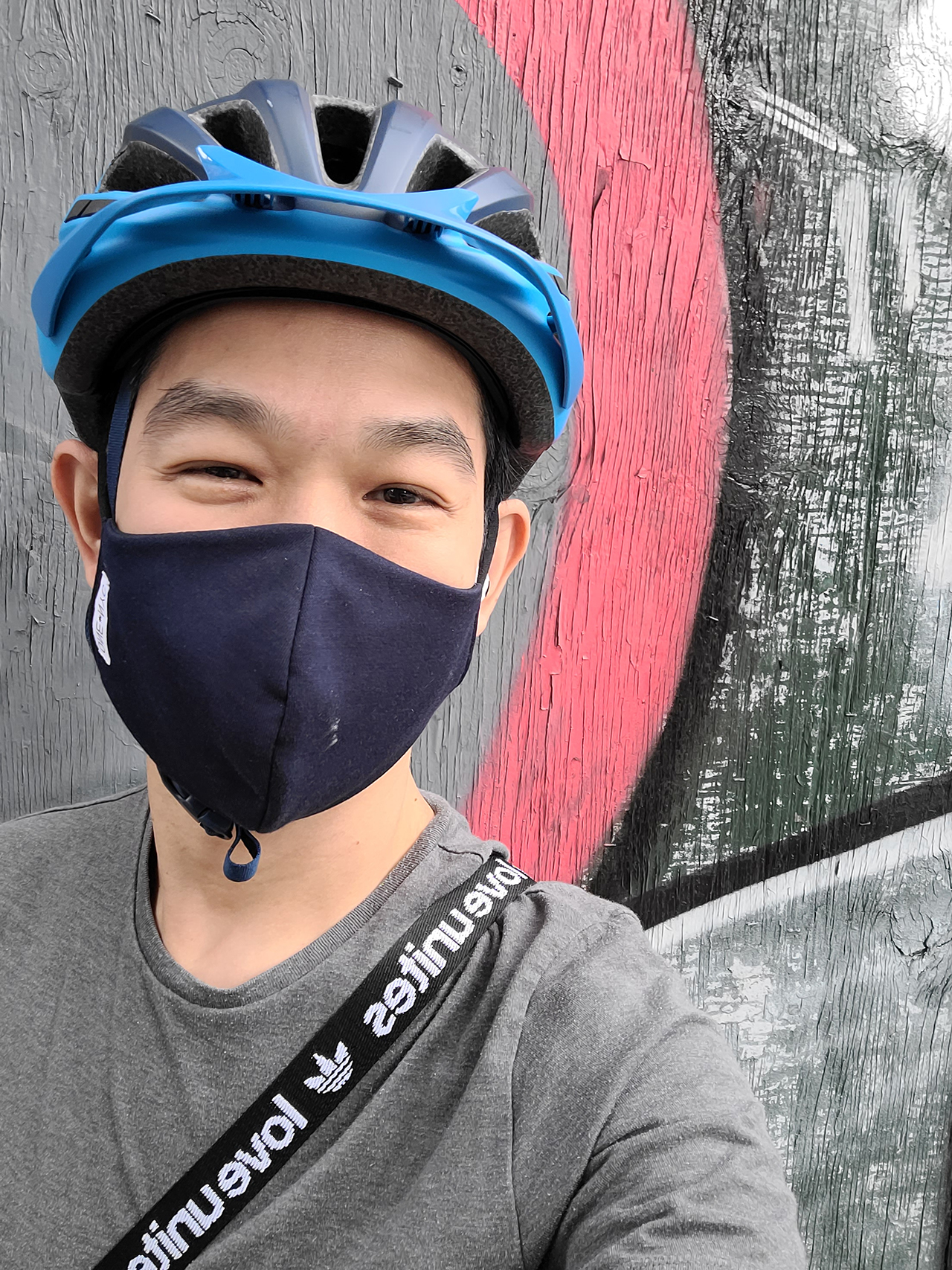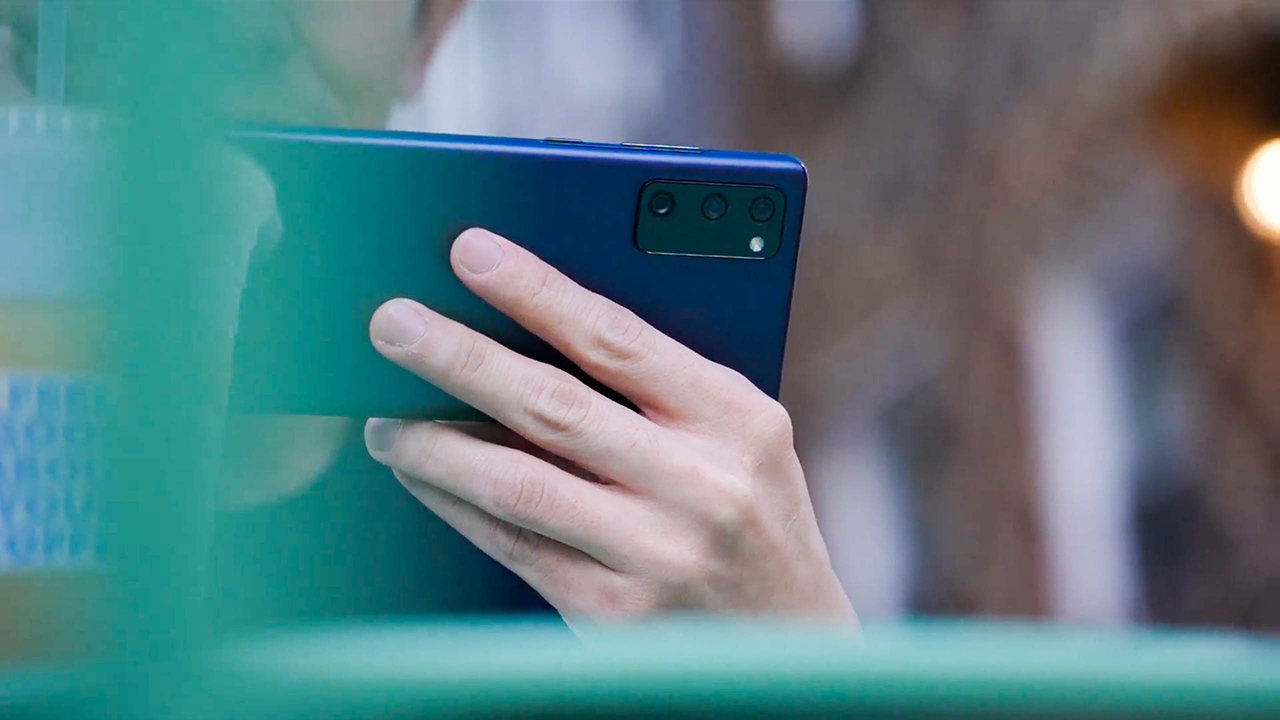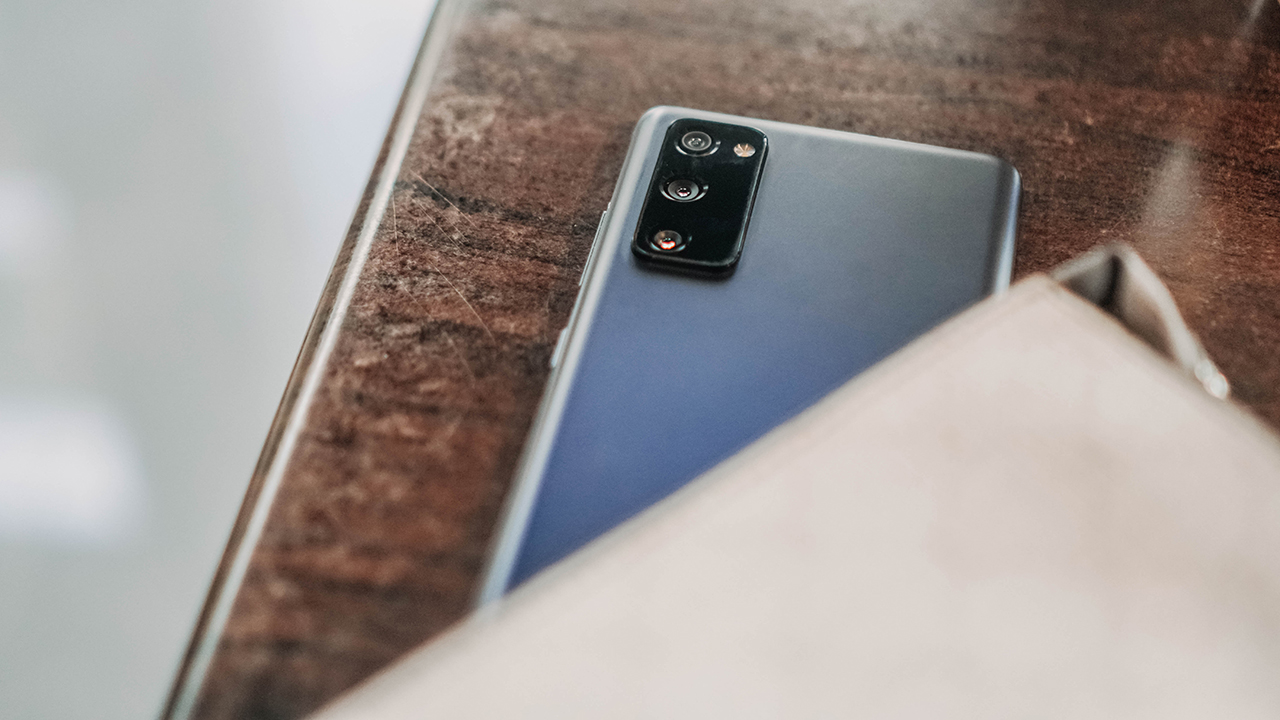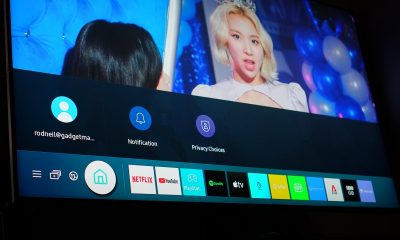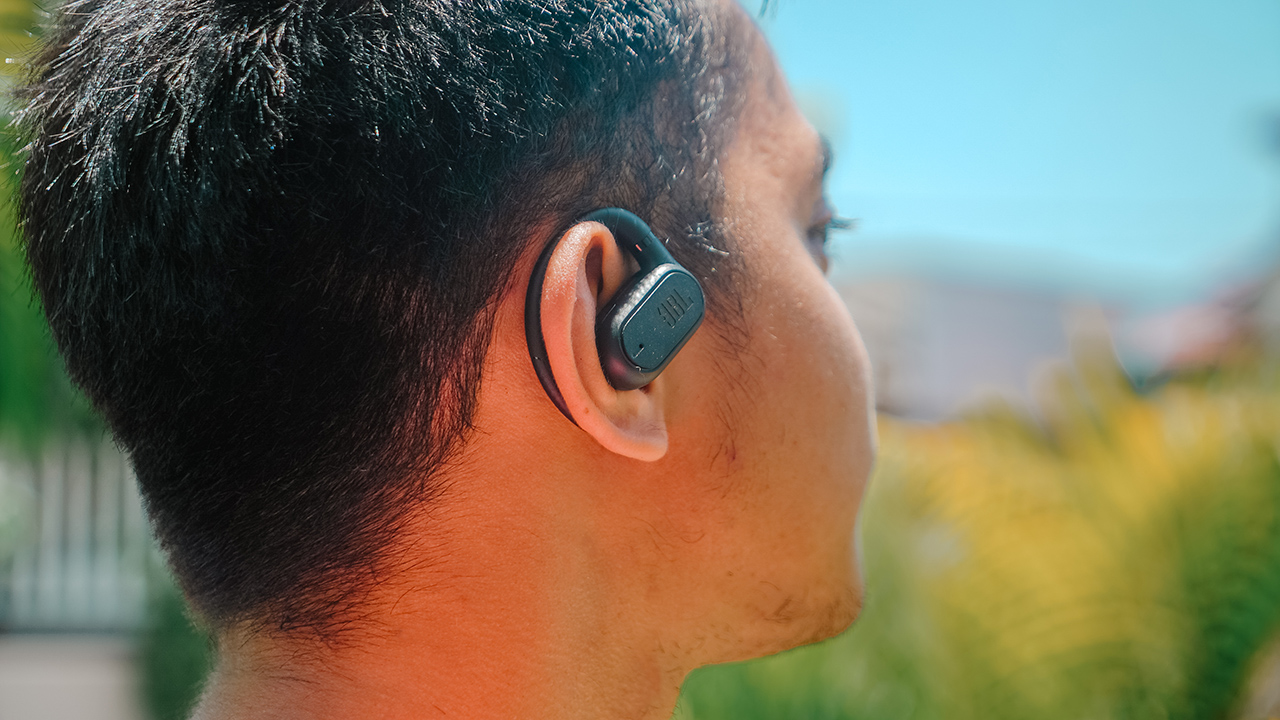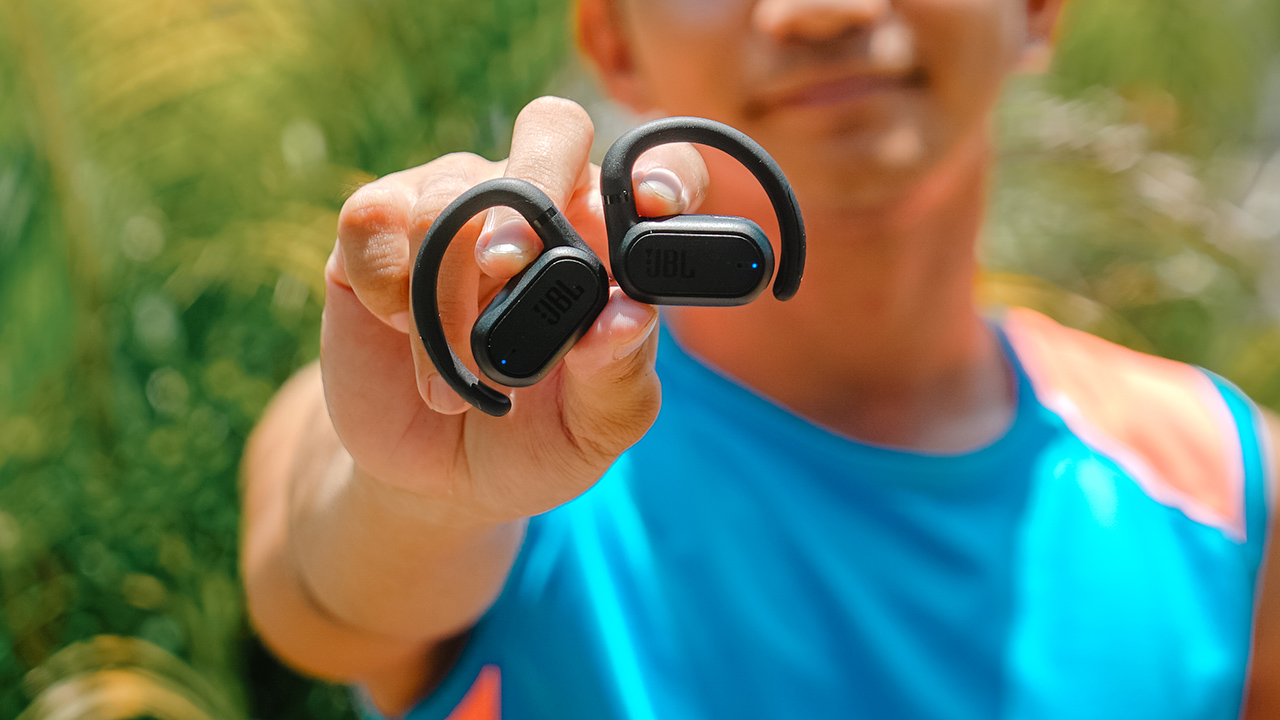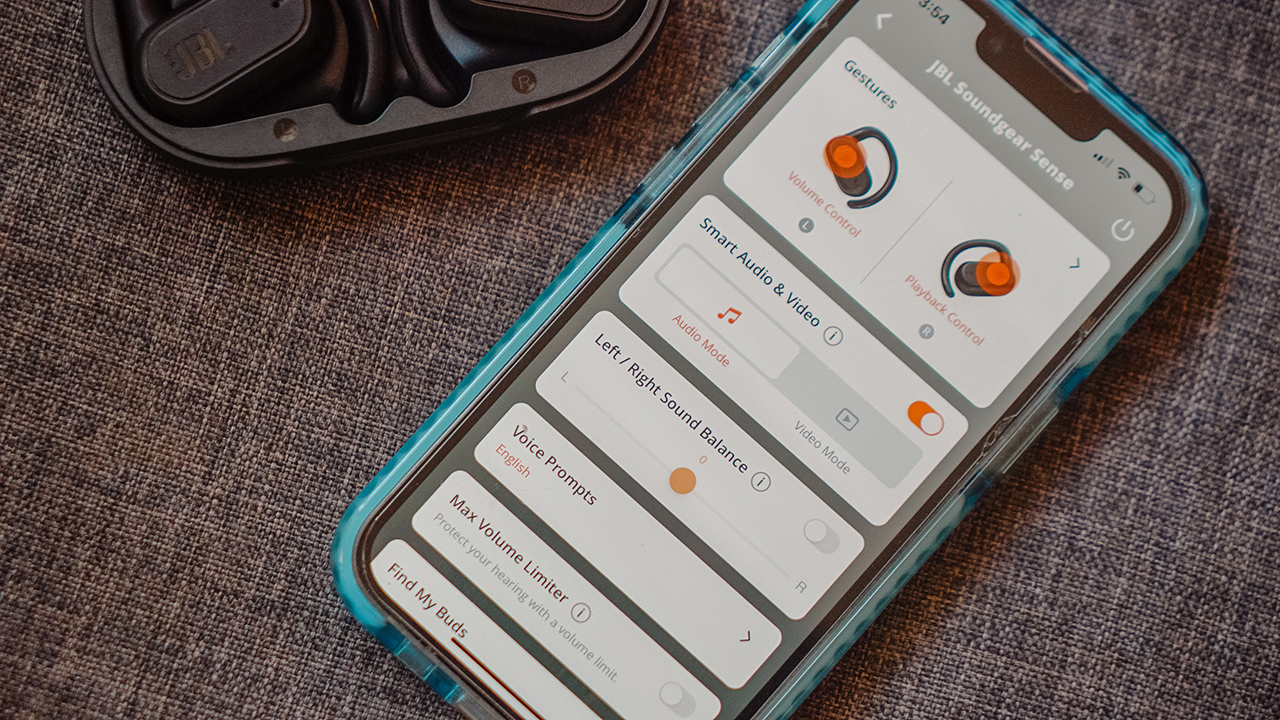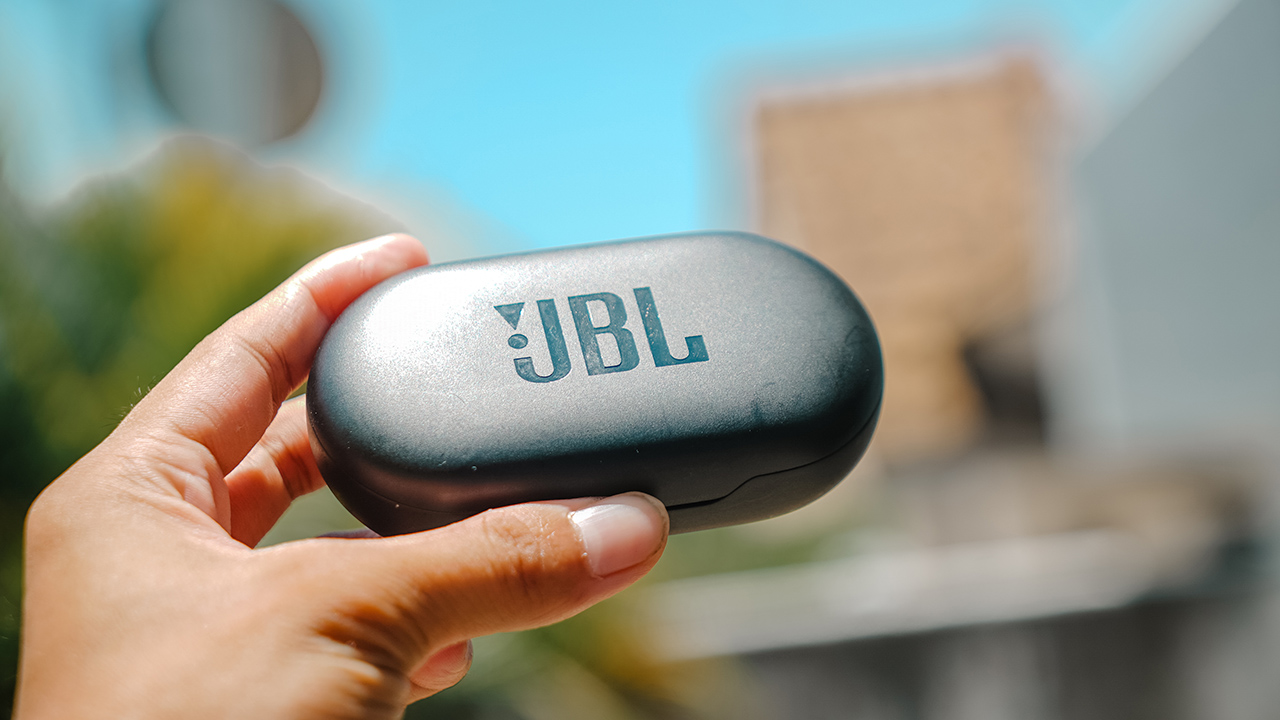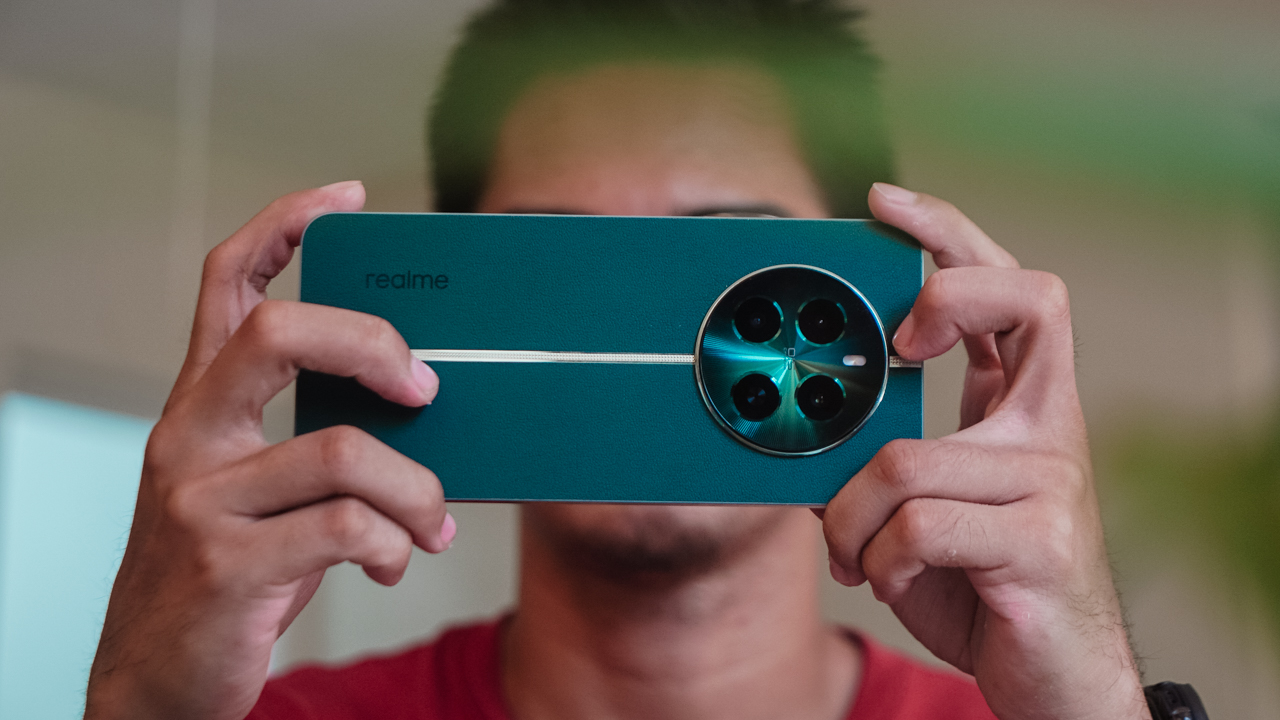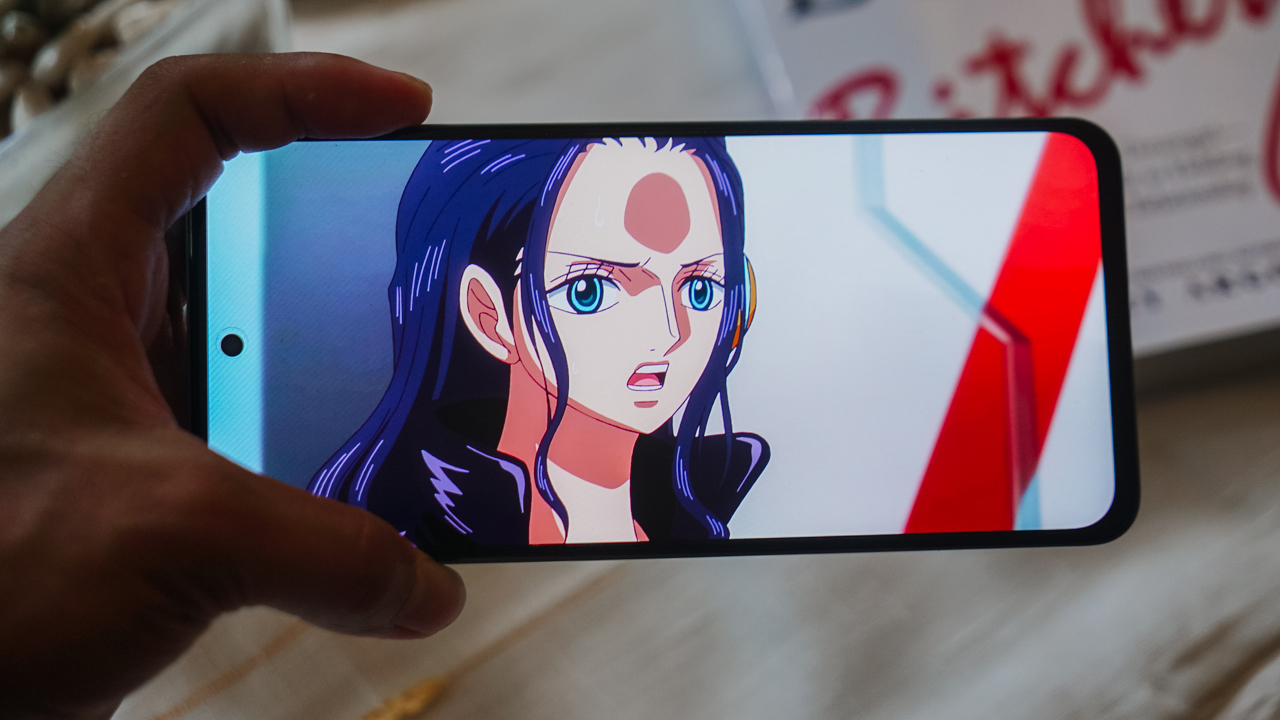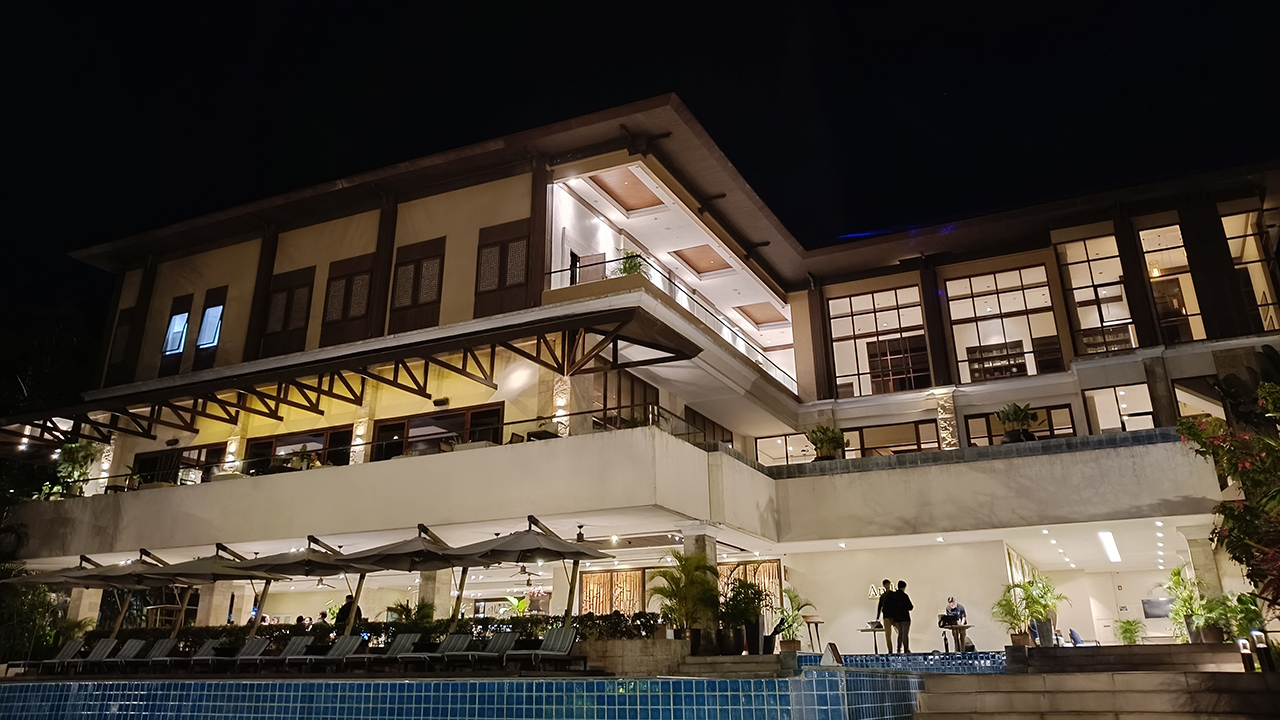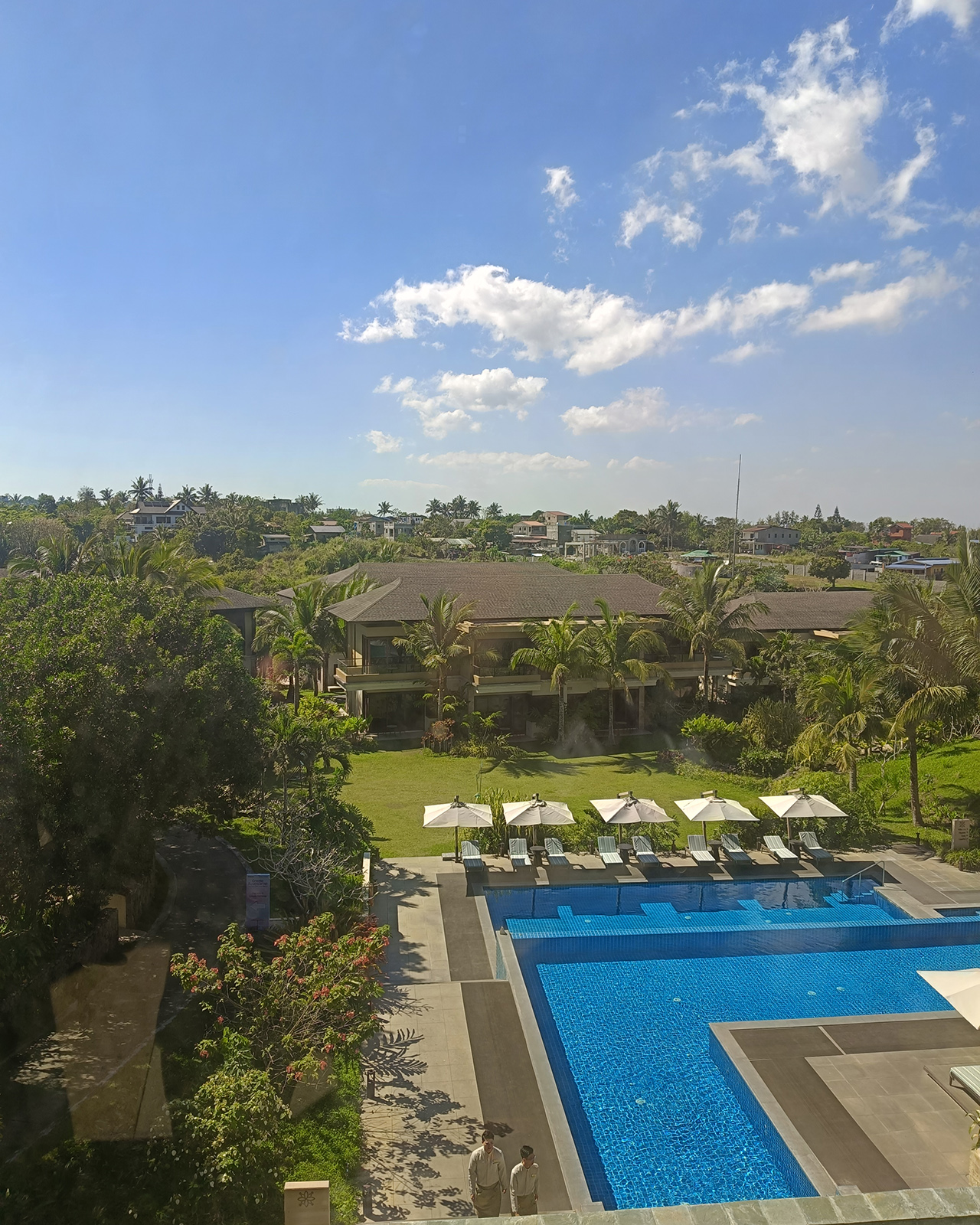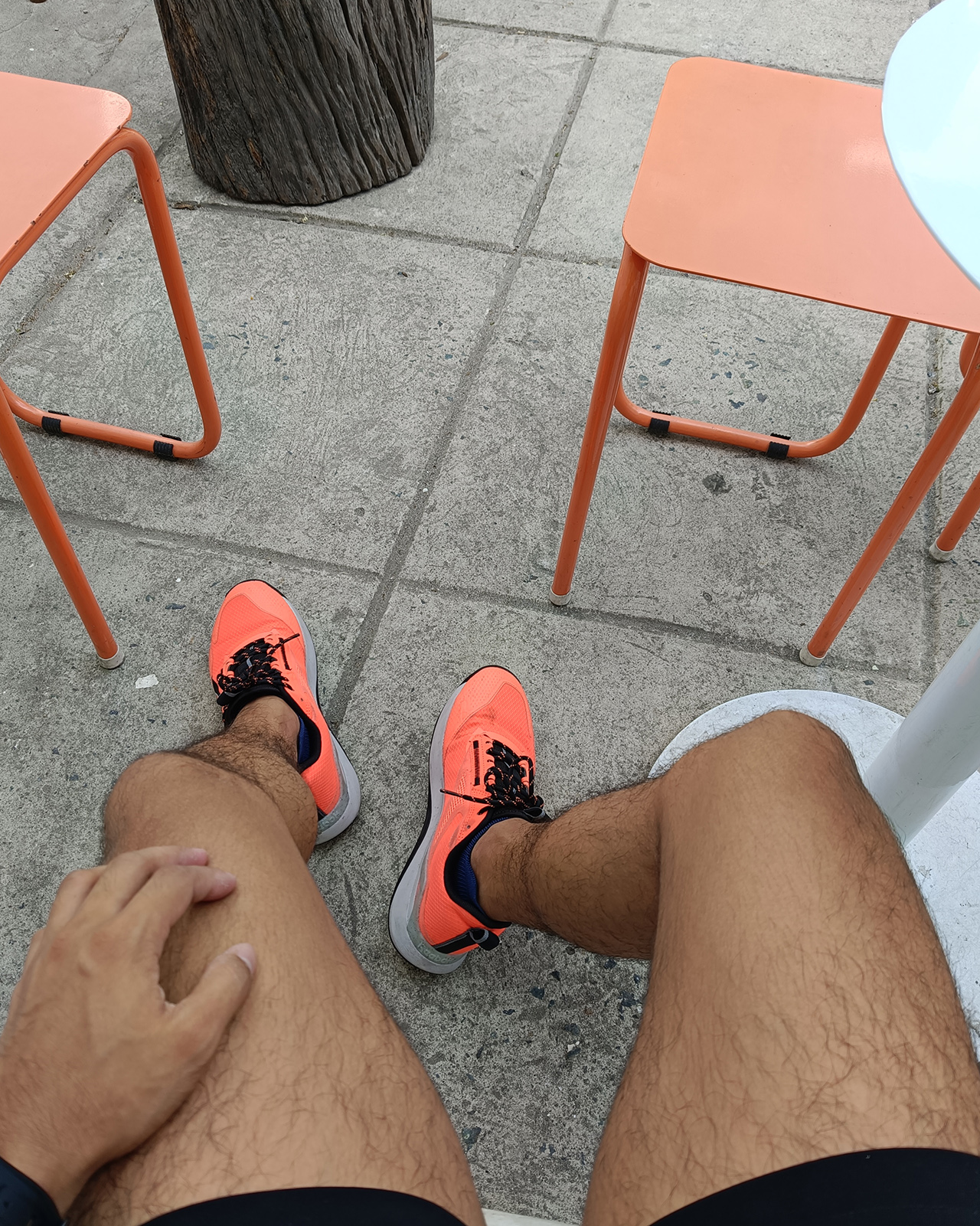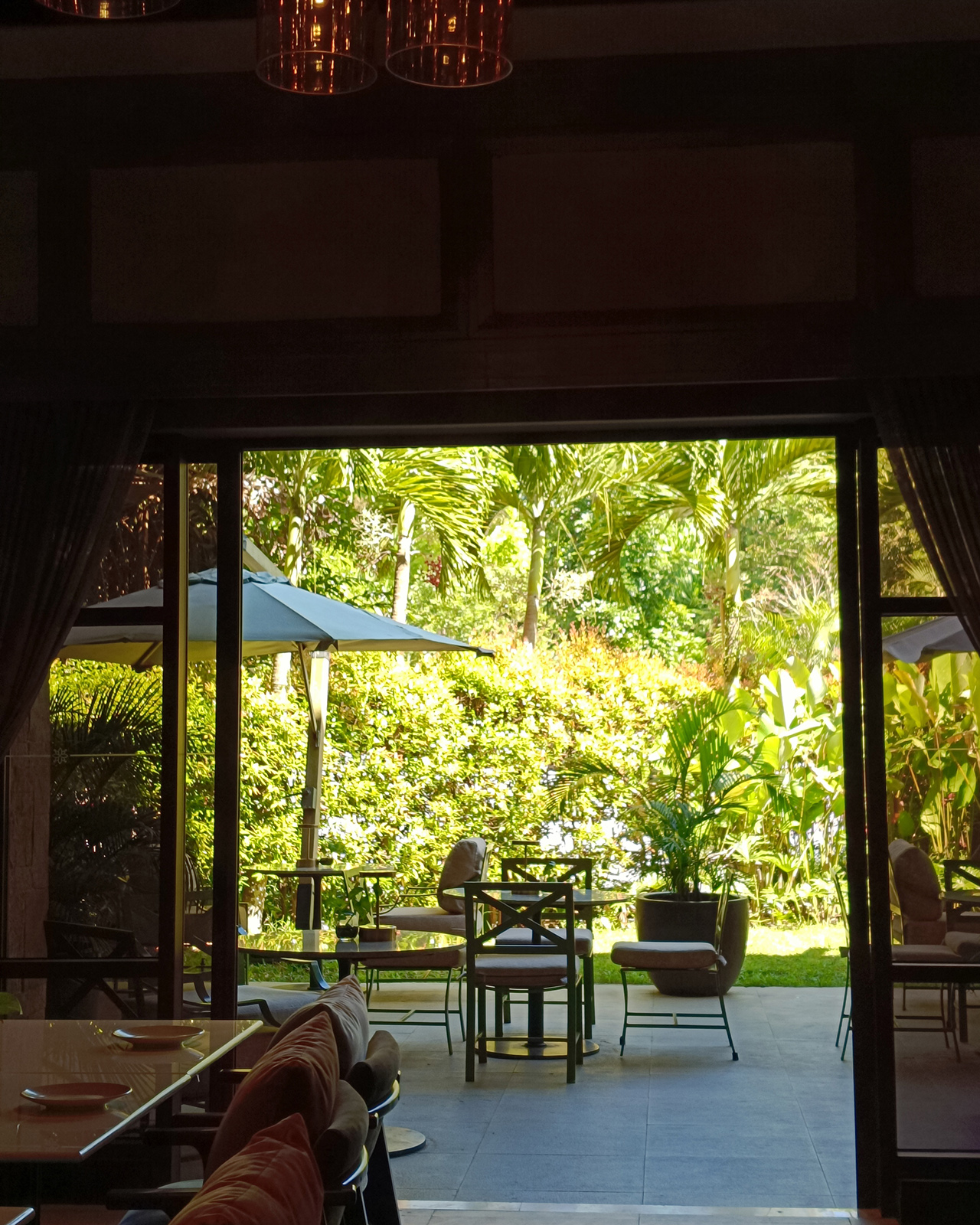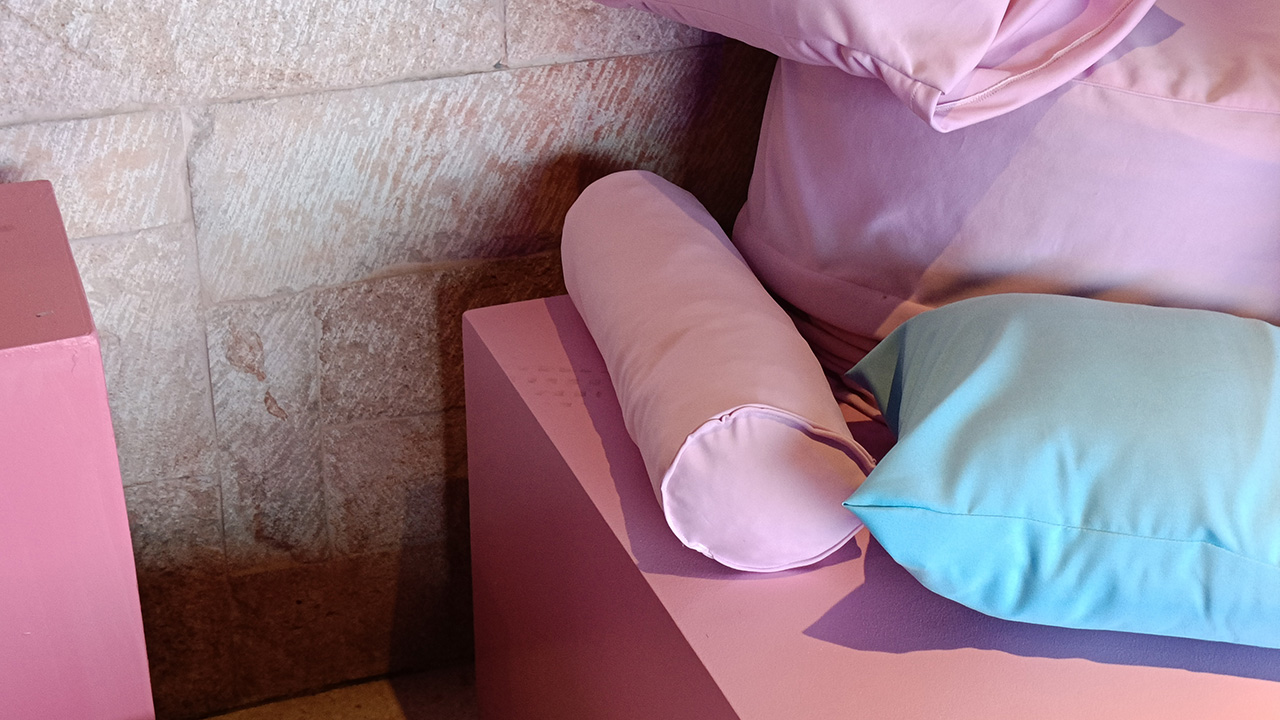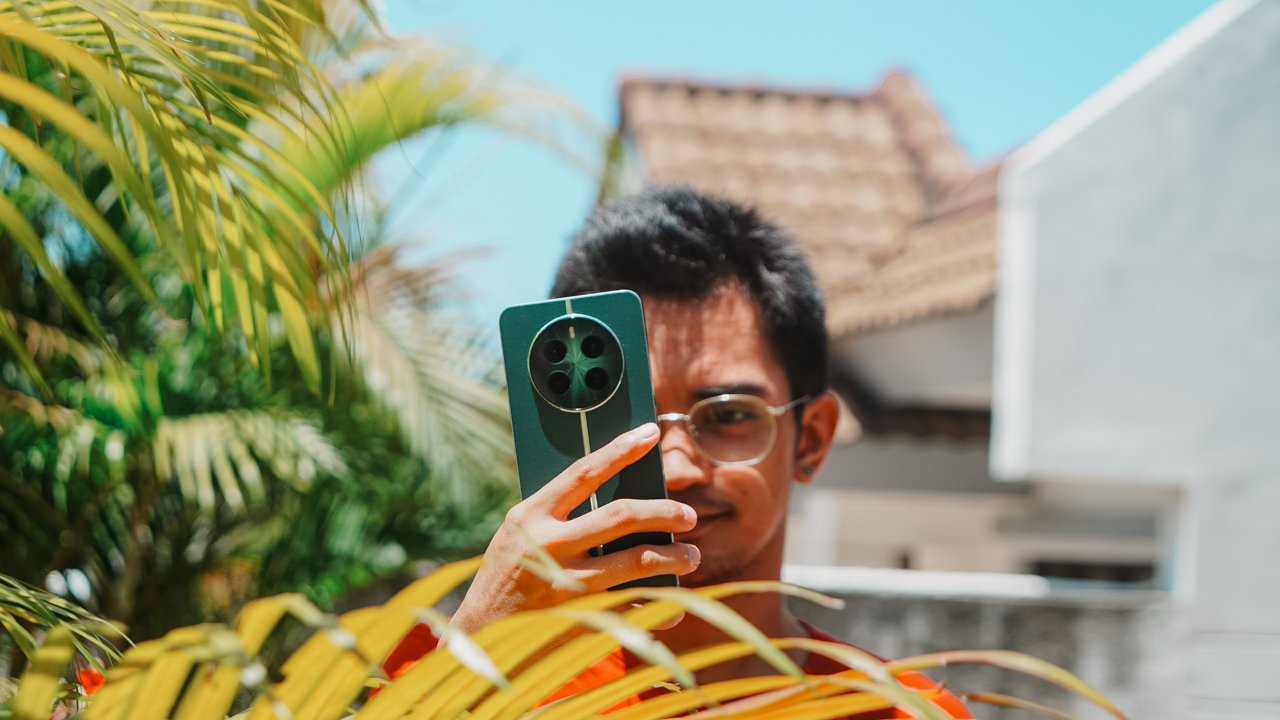
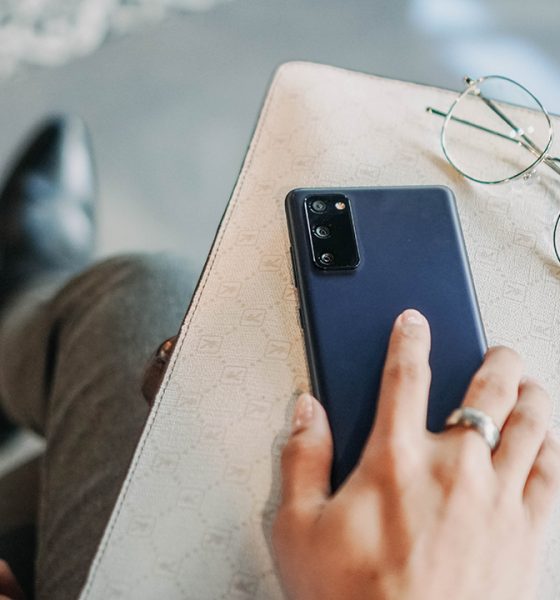
Reviews
Samsung Galaxy S20 FE review: Premium phone you can afford
Premium experience at a palatable price!
This is the Galaxy S20 FE (Fan Edition). It’s not the most exciting phone of the year, but possibly one of Samsung’s most important. It isn’t awe-inspiring like the Galaxy Z Fold 2.
But what it lacks in its ability to be attention-grabbing, it more than makes up for with its more affordable price point. All while delivering on the most beloved features of the S20 series.
Of course, a cheaper price tag means there has to be compromises somewhere. In this review, we’ll take a look at the choices Samsung made, and whether or not the S20 FE deserves to be a part of this high-end lineup. Or if it’s just a fancy name on a mid-range phone?
Unboxing
Unlike the rest of Samsung’s S20 lineup that comes with black boxes, the S20 FE comes in this white box. The text styling is very much the same. If you look closely, there are icons engraved on the box. The packaging order is also pretty standard.
Our unit comes in a sleek, Cloud Navy color. If Navy isn’t your thing, there are five more color options to choose from: Red, White, Lavender, Mint, and Orange.
In the box are the SIM tray ejection pin, the usual quick start guide, a 15W travel adapter, and a USB-C to USB-A cable.
Part of the family?
On the outside, you’ll find the Galaxy S20 FE sharing the same design ID as the S20, S20+, and S20 Ultra. The same rounded corners, same shaped aluminum frame, same placements for its button ports, and antenna lines.
It also got the same Infinity O display with a punch-hole for the selfie camera. The much loved 120Hz refresh rate is here, as well.
The handset also carries the same top-of-the-line processors: Snapdragon 865 for the 5G variant, and Exynos 990 for the LTE-only model. It has triple cameras, too! Wide, Ultra Wide, 3X Zoom, Night Mode, Pro Mode, and Space Zoom.
Additionally, it has a pretty large battery, stereo speakers, an IP rating for water and dust resistance, and even a micro SD card slot for expandable memory.
Whoever told you plastic is cheap is seriously disturbed
For it to be priced at US$ 300 less than the S20, Samsung had to make cuts, but we think they chose wisely.
First, its body is made of polycarbonate plastic instead of gorilla glass. Plastic, when done right, doesn’t have to look or feel cheap.
Just like the Note 20, the S20 FE doesn’t feel nor look cheap, especially with those eye-candy colors.
Of course, the all-glass S20 definitely feels more premium, but slap a case and you wouldn’t notice a difference. But then again, you probably don’t even need a case when a phone has a plastic back.
Learning to compromise
While the S20 FE prides itself on a 120Hz display, its resolution maxes out at Full HD+. It isn’t a deal-breaker though. Even if the first S20 trio all have Quad HD+ displays, you’re stuck at Full HD+ if you want to enjoy that high refresh rate.
Speaking of displays, the S20 FE has a flat display — which to some is actually better. It has a 6.5-inch screen that’s slightly larger than the S20, and almost as big as the S20+ because of its larger bezels.
Despite the size, it’s still comfortable for one-handed use. And that bigger screen is always a plus when it comes to watching videos or playing games.
Half the memory
The S20 FE has half the amount of RAM as the regular S20. But it doesn’t mean that it’s lackluster when it comes to its performance. For everyday tasks like surfing, watching YouTube and/or Netflix, or scrolling through Instagram, the RAM size won’t even matter.
RAM will only matter when you’re multitasking or when you quickly switch between several open apps, one after the other. Despite the reduced RAM size, it still shares the same top-of-the-line processors as its more expensive siblings. It’s still a heavy lifter, performance-wise.
In fact, the phone worked just like any other during our stint — whether it’s watching Start-Up on Netflix, switching between multiple messaging apps, or playing League of Legends: Wild Rift.
Faster unlock
Instead of using Qualcomm’s Ultrasonic Fingerprint Scanner, the S20 FE uses an optical — still under-display scanner — from a company called Goodix, which also makes them for the OnePlus 8 and Huawei P40 series.
Surprisingly, the Galaxy S20 FE unlocked more consistently than the Galaxy S20.
The same triple camera setup
In every phone review, the most exciting part is testing and comparing the phone’s cameras. The Galaxy S20 FE has the same standard triple camera setup, offering you wide, ultra-wide, and telephoto.
It has a 12-megapixel main camera with a 123-degree field of view, a 12-megapixel wide camera same as the S20 and S20+, and an 8-megapixel telephoto camera.
Although, it doesn’t have the exact same hardware so it produced slightly different shots compared to its siblings.
Playing around with the rear camera
The first thing you’ll notice in these photos is the balance — both in color and contrast. These sample photos taken using 1x Auto mode were neither cool nor warm, and shadows are balanced evenly along with the highlights.
The HDR balances the exposure and highlights, too. If you’ll look at the photo above, the clouds didn’t appear blown out.
Bokeh — even without portrait mode — looks seamless, crisp, and clean.
When taking photos close to dusk, and even in the blue hour, the S20 FE produces lesser noise but the loss in quality is noticeable when you zoom in.
The loss in quality is even more evident when you use the telephoto lens at night.
When it gets really dark, Night Mode kicks in. Compared to the S20, the S20 FE’s long exposure results in brighter photos with more color and detail.
If you can see the vibrant TukTuk and the food shot in a Thai restaurant, the S20 FE packed some punch when taking photos in low light.
Even when you subject the camera to an extremely low light test (without using Night Mode), the results are still astounding.
Now, let’s move over to the ultra wide-angle lens. The S20 FE has a slightly wider field of view, albeit looking dull, cooler, and gloomy.
Meanwhile, using the 3X Optical Zoom lens can have a different result depending on the photo. Sometimes, it takes brighter photos. But more importantly, there is lesser noise even when using zoom.
On paper, the S20 and its siblings have more superior camera, but the S20 FE doesn’t fall behind. Personally, we didn’t feel we’re using less of a smartphone camera, seeing how we’ve used the Galaxy S20 and Galaxy Note 20 Ultra this year.
The only disadvantage would be the S20 FE’s ability to shoot videos only in 4K. Frankly, we don’t think most users will mind if they can’t shoot in 8K. We personally don’t.
Selfies we enjoy
Upfront, the S20 FE has a better selfie camera — which makes sense based on the user this phone targets. Both in day and night (and in a pandemic wedding using a pink stage light), the S20 FE surely delivers.
We’re happy since our faces didn’t wash up. Some smartphones — even without beauty mode — beautifies your face and it’s annoying AF.
Battery that delivers
The Galaxy S20 FE packs the same 4500mAh battery as the S20+. During our stint, the phone lasted a solid day of moderate use, with some left-over for the next morning. About six to seven hours of Screen on Time switching between WiFi and Cellular.
It’s a big deal that the Galaxy S20 FE delivers on battery life. Imagine having to charge your phone before the end of the day. So. Inconvenient.
The phone only ships with a 15W charger in the box, but it does support 25W fast charging. With the bundled charger, the phone got to 13 percent in 10 minutes, 36 percent in 30, and a full charge in 90 minutes.
Samsung’s 25W charging adapter is an optional US$ 34.99 purchase, although we found it on Amazon for US$ 13.99. Using that fast charger, you can get to 23 percent in 10 minutes, 50 percent in 30 minutes as claimed, and 100 percent in 65 minutes.
Furthermore, the Galaxy S20 FE supports up to 15W wireless charging, and reverse wireless charging, in case you need to recharge your Galaxy Buds Live.
Final thoughts
The arrival of the S20 FE is a sign of good things to come. If for anything, it’s an acknowledgment that users who have come to love the S Series, just aren’t willing to pay a thousand dollars for it anymore.
Should Samsung release a follow-up, they should make an adjustment to the S21’s base price.
This year, we’ve seen companies offer a less prestigious processor — the likes of the premium midrange Snapdragon 765G — seen on the likes of the LG Velvet, OnePlus Nord, and the Pixel 5.
Is this your GadgetMatch?
At the end of the day, it all boils down to what you as a user value most. Frankly, we think Samsung did all the right things here.
By satisfying the needs of the spec-obsessed who need the best processor and the fastest display, and those of the everyday user who will benefit most from long battery life, and almost-as-good camera — at a more palatable US$ 700 price tag.
And for that, we gave it the GadgetMatch Seal of Approval.
In the Philippines, the Samsung Galaxy S20 FE retails for PhP 35,990. It’s available on Samsung’s Online Store, Samsung’s official physical stores, and authorized retailers. The Galaxy S20 FE is also available via Smart’s Signature Plans.

Reviews
Challengers review: A thrilling drama wrapped as a tennis anime
Catch it in Ayala Cinemas starting April 24th

Tennis is more than just hitting a ball really hard with a racquet. There are player tics, serving techniques, mind games, and, of course, drama off the court. Challengers, starring Zendaya, takes the entire game and turns it into a dramatic thriller worthy of Wimbledon.
In Challengers, Art Donaldson (Mike Faist) is an aging tennis superstar desperate for one more big win. His wife Tashi (Zendaya), a retired tennis star in her own right, does everything to coach Art back to his winning ways. Opposite them is Patrick Zweig, a former-friend-turned-rival, facing Art in the final match of a Challenger.
As premises go, Challengers seemingly presents a straightforward sports drama. It’s a simple one-versus-one, after all. However, the film’s 2-hour-plus runtime hides a more complex drama.
The second-strangest ménage à trois in film
The film starts in media res: the first set of the final match. It doesn’t tell you who Art, Patrick, or Tashi is. It’s just a friendly match. There are, however, questions abound. Why is Zendaya’s character looking intently at one of the players? Why is the other player concerned that she is looking at his rival and not him? Who are these people?
Before you can ponder each question, the film takes you through multiple time jumps. The earliest (and longest) of which — thirteen years ago — sets up the story. Art and Patrick are two best friends and tennis prodigies teaming up to decimate the competition at their school. Everything changes when the two friends catch a match of another young prodigy, Tashi Duncan.
Both friends engage in a friendly competition to see who can successfully flirt with her. The sequence ends in the second-strangest ménage à trois committed to film. (To see the strangest one, catch Alfonso Cuarón’s Y tu mamá también, a clear inspiration to Challengers.)
The time jumps don’t end there. The story quickly volleys back and forth between different times in the past and the present, including years, months, weeks, and even hours ago. Sometimes, the skips result in the cinematic equivalent of whiplash from watching a tennis ball rapidly travel from left to right. But if you just follow the ball, it ends with one of the most thrilling, edge-of-your-seat dramas this year.
Blink and you’ll miss it
Despite how creative the time skips already are, Challengers shines with its subtler elements: the tiny movements, the tics that seasoned sports watchers can catch. Much like how a play-by-play commentator directs a viewer’s attention to what makes a player tick, the film subtly shows you elements of an even deeper story that it may or may not expound on.
Early on, Challengers shows a blink-and-you’ll-miss-it scene featuring Tashi’s knees. If you weren’t paying attention, you might have missed a scar from a surgical incision, hinting at why Tashi retired from the sport.
In that particular example, the film does dwell on it a bit in a past flashback. However, there are plot points that the film just drops on audiences with nary an explanation. For example, you might see telltale injection marks up Patrick’s wrist or a short-but-telling rehab session for Art. The film drops these nuggets only for the viewer to ponder. They’re short, but they paint a compelling picture to complement the action on the court.
It’s a tennis anime
In essence, Challengers is just about a tennis match between two emboldened competitors. However, like an anime battle that takes ten episodes to resolve, the film understands that the sport is not just about results: it’s about all the tiny movements, strategies, and dramas. If Wimbledon was this thrilling all the time, I should probably tune in a lot more.
Challengers shows exclusively in Ayala Cinemas starting April 24th.
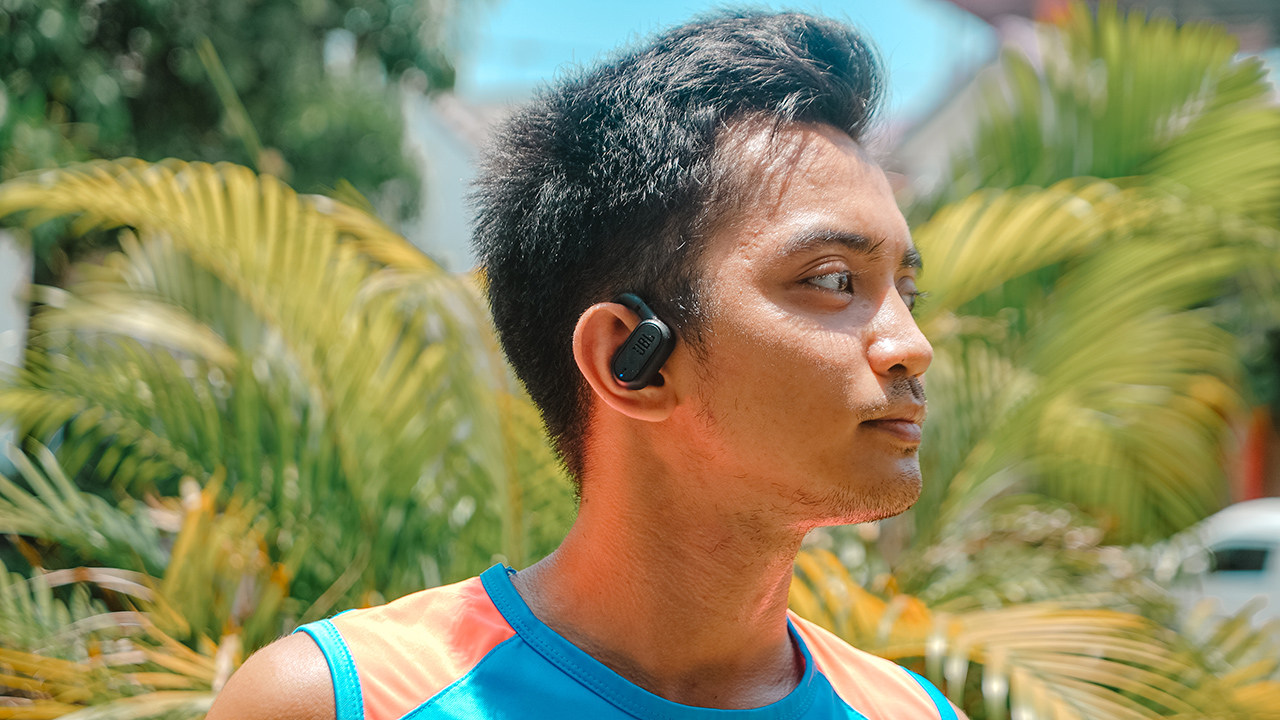
Running has been a form of meditation for most people. To some, it’s a time where your mind goes blank, allowing you to have a break from your stimulated mind.
For others, like yours truly, it’s a moment to sort out thoughts and emotions after having a preoccupied day. A common denominator between runners is doing the activity alone, accompanied only by their smartwatches, a hydration flask, and good music.
I’ve been using true wireless earbuds to accompany me on my runs, but the advent of JBL Soundgear Sense piqued my curiosity.
What is it like to use open-ear headphones when out for a run? To find the answers, I used the Soundgear Sense during my ongoing race season.
Take the long way home
As I put on mileage for my upcoming races, I have been required by my coach to add more slow runs to improve my aerobic base. That entails long, boring runs for an hour or two.
Imagine the agony of finishing a minimum of 10-kilometers by relying on your heart rate and not your pace. That was when I sought solace from the JBL Soundgear Sense.
I didn’t realize that having open-ear headphones would allow me to take on scenic and busy routes without worry that a car might hit me.
Unlike when I use true wireless earbuds that fit snugly in my ears, the Soundgear Sense are hooked and clipped on the curve of my ears without covering the ear canal.
This allowed me to hear my surroundings while still enjoying my favorite songs from Taylor Swift and BINI, a rising P-pop girl group.
Open but still private
Even if the Soundgear Sense has an open-ear design, rest assured that there’s zero sound leakage. JBL’s OpenSound technology made sure that the sound pressure is directed through waves towards the ears, while also reducing sound dispersion.
There’s a certain shame in having people find out whom you’re listening to. Maybe because you don’t intend to share the music you’re enjoying. But if you opt to share your jam, might as well have a Bluetooth speaker, right?
That’s why I liked the idea of keeping it open but still private — in relationships and my wearable. I get to enjoy “Pantropiko” and “Salamin, Salamin” by BINI all by lonesome, while still attuned to my surroundings.
It also helps that each earbud has a 16.2mm driver with a unique bass-enhancing algorithm. The sound allowed me to immerse myself in the songs I was playing, but still aware of the external noises of the streets. Somehow, the Soundgear Sense felt like a second, inner voice whispering thoughts through music.
Hybrid design for hybrid athletes
I don’t just run. I also lift on the same day right after running. Being a hybrid athlete allows me to prepare my body from the demands of multi-sports training and partaking on a Spartan race.
I like how the Soundgear Sense has a hybrid design that makes it apt for different type of workouts. Its adjustable earhooks are clipped perfectly, which doesn’t fall off even when I’m doing plyometrics. It’s also steadily in place even if I sprint and/or do some speed training.
Even when I’m heavily sweating, the Soundgear Sense didn’t slip off. With an IP54 rating, it’s dust-, splash-, and sweat-resistant.
Also, the way it’s designed is secured to fit on whatever activities you have, regardless of sweating. Except gymnastics and parkour, though.
The Soundgear Sense might fall off after you hang or flip from those extreme activities that require being suspended in the air.
For added security, there’s an included neckband inside the box. However, I hate having something dangling on my nape so I never used it.
Moreover, I couldn’t last more than an hour having it clipped even with a supposed hybrid design. It hurts my ears eventually, and I feel like someone was pinching my ears and I couldn’t do anything.
If I have runs for more than an hour, I’d opt not wearing both earbuds.
Easy connectivity
One thing I like about JBL is how easy it is to connect your wearables to your smartphones, be it an iPhone or an Android.
Once both devices are paired, flipping open the case will instantly connect the Soundgear Sense to your smartphone.
While running, I don’t have to constantly check my phone since the Soundgear Sense, along with my Garmin epix Pro (Gen 2), helps me stay connected. With just a single flick on the earbud, I can control my music, volume, and calls.
My friend, Betty, called me one time while I was out for an easy run and she barely realized I was running until I gasped for my breath when running on a steep incline. It’s convenient to have crisp and crystal-clear calls within your reach.
And to make it more convenient, the touch controls can be personalized to your liking. On the left earbud, it’s usually the volume control.
One tap and it increases the volume, while double tapping decreases it. When someone calls, you can double tap to respond or you can tap and hold to reject the call.
The right earbud uses the same call control, but it’s automatically set for playback control. You can switch earbuds depending on the gesture you prefer.
All of these customizations can be done using the My JBL Headphones app.
Definitely long lasting
I have had the Soundgear Sense for two weeks now, and both earbuds still have a half battery life from a single charge. As of writing, the left earbud still has 51% while the right earbud has 56%.
Thanks to its charging case, both earbuds keep recharging every time they’re stowed inside.
But if you’re wondering why the left earbud has a lower battery life, it’s not because I spend too much time watching adult-rated content.
A lot of times, I run with just the left earbud clipped on my ear to stay alert from my surroundings. Even with OpenSound technology, I tend to get lost in the music I’m listening to whenever I have both earbuds hooked.
Considering I’ve amassed more than 70km of running mileage for two weeks with almost 10 hours of running, the Soundgear Sense surprised me with its battery life.
I haven’t charged it since then, which made me wonder how fast it would really be, if I get to drain it down to zero and juice it back up to 100. Perhaps, stay tuned on my Instagram and TikTok accounts?
The Soundgear Sense is expected to let you listen wirelessly for up to 6 hours. You get an extended life of another 18 hours through the charging case. A quick 15-minute charge through the Type-C port gives an additional 4 hours of music.
Is this your GadgetMatch?
For an athlete, the JBL Soundgear Sense surely makes every run magical. The design and technology were innovated with runners in mind. The device integrates seamlessly to any type of active lifestyle.
It will boil down to preference, whether you enjoy an open-ear design clipped onto your ears or you’d enjoy an earbud blocking your ear canal.
As for me, I think I’ll switch and pick the Soundgear Sense to accompany me in my race season. It helps me immerse myself in good music, stay connected, while keeping me attuned to my surroundings. This ensures my safety when out for a run.
It’s easily a GadgetMatch for all types of athletes dedicated to fulfilling their training assignments. It’s also for fitness enthusiasts entering their “runnerist” era.
The JBL Soundgear Sense retails for PhP 9,499. It is available via JBL’s website and select, authorized retailers.
Reviews
realme 12+ 5G review: One month later
What is it like to spend a month with a midrange smartphone?

What is it like to spend a month with a midrange smartphone?
For someone spoiled with high-end, flagship smartphones, a watered-down experience terrifies me. I couldn’t fathom using just a midrange smartphone, even if I’m counted as a casual user.
But spending a month with the realme 12+ 5G gave me a new perspective on what midrange smartphones at 2024 can do.
Powerhouse at a fraction
A lot of times, I’ve used the realme 12+ 5G to play Mobile Legends: Bang Bang. I know, I know. It’s 2024 and I’m still playing the same old MOBA but it’s a game I know all too well that helps me de-stress after a long day.
See, I’m an athlete balancing my work and life. Sometimes, I just want to rot in bed while playing on my phone.
The realme 12+ 5G helped keep me sane thanks to its lag-free gameplay. Not once did I feel any heat or slowing down even while playing in an Ultra Graphics and Super High Frame Rate setting.
The Vapor Chamber Cooling System came into play, dissipating the heat so even if under heavy usage, the gameplay is still optimal.
Moreover, the realme 12+ 5G uses a MediaTek Dimensity 7050 chipset. When you combine this with a 12GB dynamic ram that’s expandable through your storage space, you won’t have to worry about a watered-down experience from using a midrange device.
The RAM can take up from 4GB up to 12GB to be re-allocated from the 256GB internal storage. Though, I only used 4GB since I didn’t feel the need to turn it up to the highest configuration. It’s already smooth even when multi-tasking.
It may not be as smooth as the flagship smartphones I held, but it’s enough particularly for people who just needs a smartphone they can use for their everyday lives. However, if you want a midrange device dedicated for an even more intensive gameplay, I’d suggest looking elsewhere.
Daily companion for viewing, listening
When I was on my way home from my training, I drove past a busy road in Pasig City where vendors are in the streets, bystanders are frolicking, and loafers gossip while taking space through the plastic stools they sat on spread out near the sidewalk.
What do they have in common? Smartphones. There was a realization that the Filipino masses rely on their devices to be entertained and connected.
I have a feeling that if I wasn’t a multi-passionate person with an insanely hectic schedule, I’d bury my head on a smartphone, too.
This is where having a spectacular audio-visual performance comes into play, especially for budget and midrange devices. Luckily, the realme 12+ 5G has a 120HZ Super AMOLED Display and Dual Stereo Speakers.
It’s one of the reasons why I started playing Mobile Legends: Bang Bang again when I was decompressing for the day.
Aside from doomscrolling on TikTok, I just like it when the display is fluid, vivid, and smooth while the audio can be as loud and immersive. Unlike most midrange smartphones, the audio-visual performance is always a hit or miss.
Sometimes, they have an excellent screen while the audio suffers, or vice-versa. The realme 12+ 5G just have it both.
Capture it, remember it
The realme 12+ 5G uses a 50-megapixel SonyLYT 600 OIS Portrait Camera, an 8-megapixel 112° wide-angle lens, a 2-megapixel macro sensor, and a 16-megapixel selfie camera on the front.
I used the smartphone to capture photos I send to my loved ones. From selfies, coffee runs, hotel visits, group photos, food shots, and just anything and everything in my life.
The quality for low-light shots is a hit or miss, but for photos taken during daytime and with good lighting? It’s just spectacular.
Here are some sample photos to look at:
Portraits & Selfies
Food
Sceneries
Everyday photos
Real on reliability
The realme 12+ 5G’s battery capacity is just *chef’s kiss*.
Its ability to retain its battery life even on standby is just incredibly helpful for someone who keeps forgetting to charge his devices.
The realme 12+ 5G lasts long enough when out for the day, and even if you spend a lot of hours playing games and doomscrolling.
One time, I played Mobile Legends: Bang Bang for three hours straight from a full charge, and I still had enough juice to keep playing. That 5000mAh battery surely is a lot of juice that doesn’t drain easily. I had to be the one to give up playing since it hurt my eyes already.
Charging it with 67W SuperVOOC, the realme 12+ 5G gets full charge in less than an hour. This is why even if I forget to charge it at night, I just have to plug the charger in the USB-C port while I was taking a bath and prepping for work.
Could’ve been a real premium
Aside from its performance and capabilities, the realme 12+ 5G comes with a strong and beautiful exterior. The unit I have came in Pioneer Green, resembling an emerald-touch of old money.
Without a plastic case, it’s soft, feels luxurious, and easy to hold even with a boxy frame. At a glance, it’s even more beautiful with its luxury watch-inspired design, thanks to designer Ollivier Savéo.
For a midrange device, realme has a knack for making its devices look and feel sophisticated. Furthermore, it’s dust and splash proof with its IP54 rating. It’s a win-win, right? Strong and pretty at the same time.
My only issue would be the realme UI 5.0 based on Android 14 that’s packed with bloatware. Look- and feel-wise, the realme 12+ 5G would be a premium stunner, even with its camera, audio-visual, and battery performance.
But the UI design along with the unnecessary bloatware made it cheap and annoying to look at.
Is this your GadgetMatch?
The realme 12+ 5G delivers what you’d expect out of a midrange smartphone. It’s premium-looking, long-lasting, offers reliable performance, and captures vivid portraits and pictures.
It’s easily a GadgetMatch for casual users requiring enough power and juice on a device that looks pretty and strong. If the realme 12 Pro+ 5G is a midrange marvel, consider the realme 12+ 5G almost the same, but at a lesser cost.
It retails for PhP 19,999 for the 12GB+256GB variant, while the 8GB+256GB unit is priced at PhP 17,999.
-

 Accessories2 weeks ago
Accessories2 weeks agoApple Vision Pro Review: Two Months Later
-

 Features5 days ago
Features5 days agoFortify your home office or business setup with these devices
-

 Gaming1 week ago
Gaming1 week agoThe Rogue Prince of Persia looks like an ultra-colorful roguelite
-

 Events1 week ago
Events1 week agoStellar Blade: PlayStation taps cosplayers to play Eve for game’s launch
-

 Gaming1 week ago
Gaming1 week agoStar Wars Outlaws release date revealed
-

 Accessories1 week ago
Accessories1 week agoLogitech unveils G Pro X 60 gaming keyboard: Price, details
-

 Philippines2 weeks ago
Philippines2 weeks agovivo Y100 to release in Philippines on April 27
-

 Deals2 weeks ago
Deals2 weeks agoSamsung Awesome April: Deals on Galaxy A series


